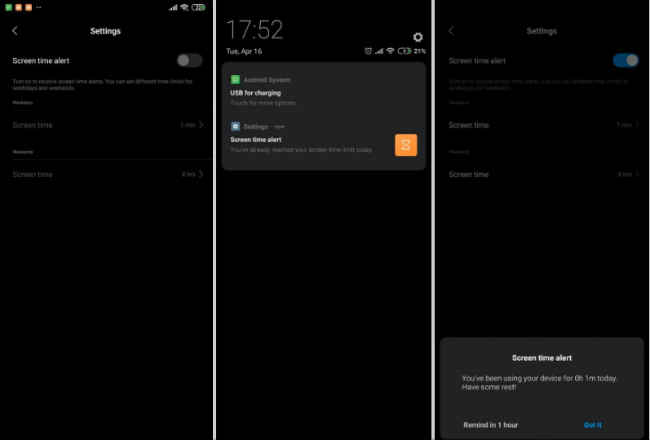Latest Xiaomi MIUI beta ROMs get Digital Wellbeing features
Xiaomi latest MIUI betas bring Digital Wellbeing features to control screen time.
The betas also get Wi-Fi Probe Protection feature to secure data transferred over WiFi network.

Xiaomi has been adding a lot of features in its custom skin MIUI for its users, and even if they do not have the latest Android OS, Xiaomi phone users still enjoy the latest functionalities. In the latest beta updates, the Chinese company has rolled out key features like Digital Wellbeing that were launched with Android 9.0 Pie. Interestingly, there is not much difference between MIUI 10 build based on Android 7.1 Nougat and the one based on Android 9.0 Pie, which could mean that all the phones that will get the stable latest MIUI will get these features.
 Survey
SurveyXiaomi’s Digital Wellbeing feature works just like one offered by Google. It tells users about their screen usage as well as the amount of time spent on each app on a daily, weekly, or monthly basis. XDADevelopers tested the beta and they say that users can tap on each app individually to see the total screen-on-time spent on an app throughout the day. Moreover, the feature will also inform users about the number of times their phone was unlocked and even the the number of notifications they received during the day or in a week.
What’s more, you can even see the frequency of notifications received of per app as well as a graph to show the number of notifications received each hour. It also comes with the wellness feature that allows users to set a timer for the usage of the app(s). After the usage limit is reached, an alert will be given to the user, who can then choose to either dismiss it or snooze the reminder. In Android 9, the icons become grey when the time limit ends.
Further, the MIUI beta ROMs also bring Wi-Fi Probe Protection feature that will essentially protect the data transferred to or from a device over a wi-fi connection. XDADevelopers say that the feature appears to “randomise a smartphone’s MAC address so that the actual address is not shared with the WLAN router with a probe frame,” which is basically a request from a smartphone to scan available Wi-Fi networks in the vicinity).
Digit NewsDesk
Digit News Desk writes news stories across a range of topics. Getting you news updates on the latest in the world of tech. View Full Profile

